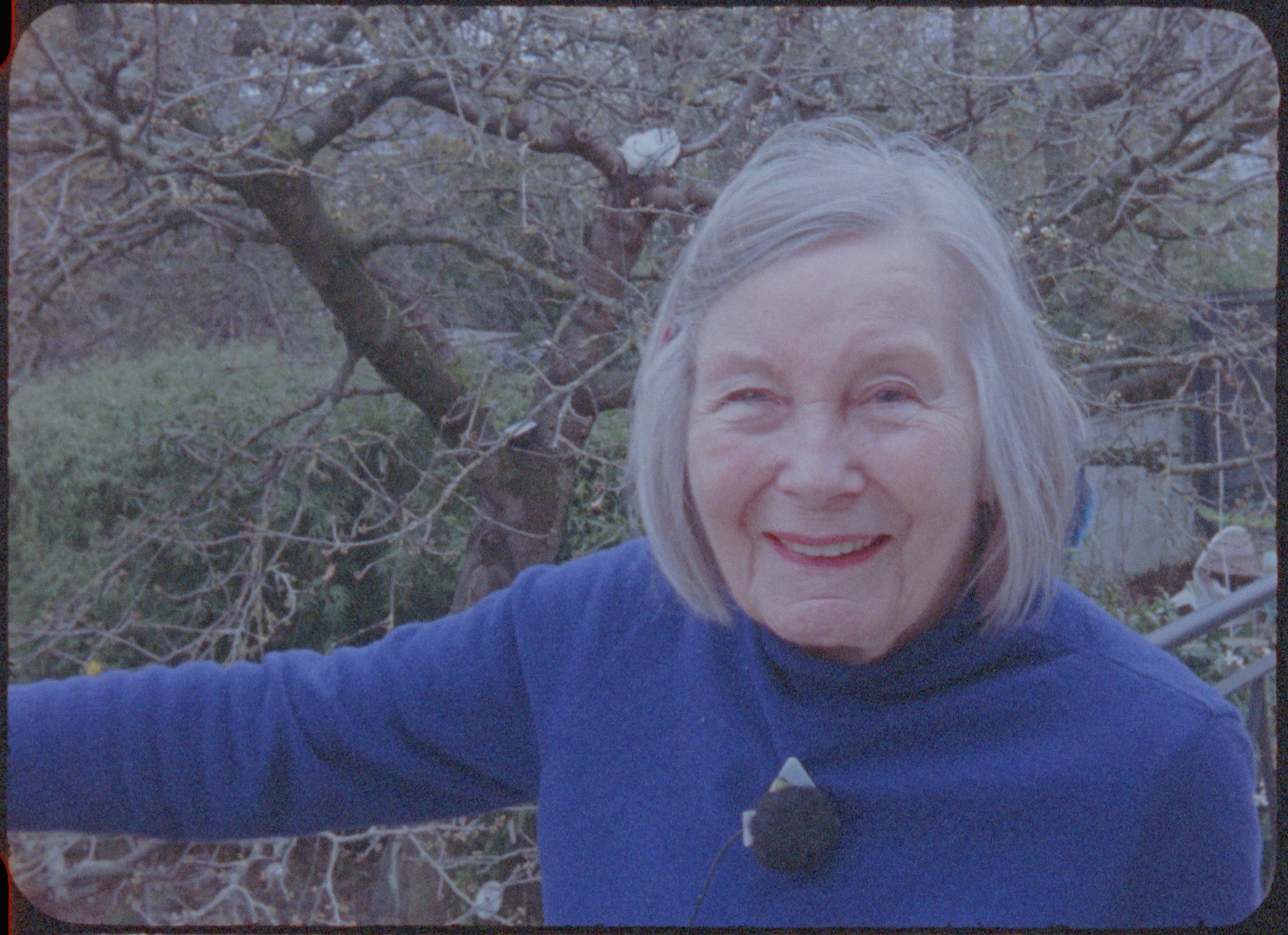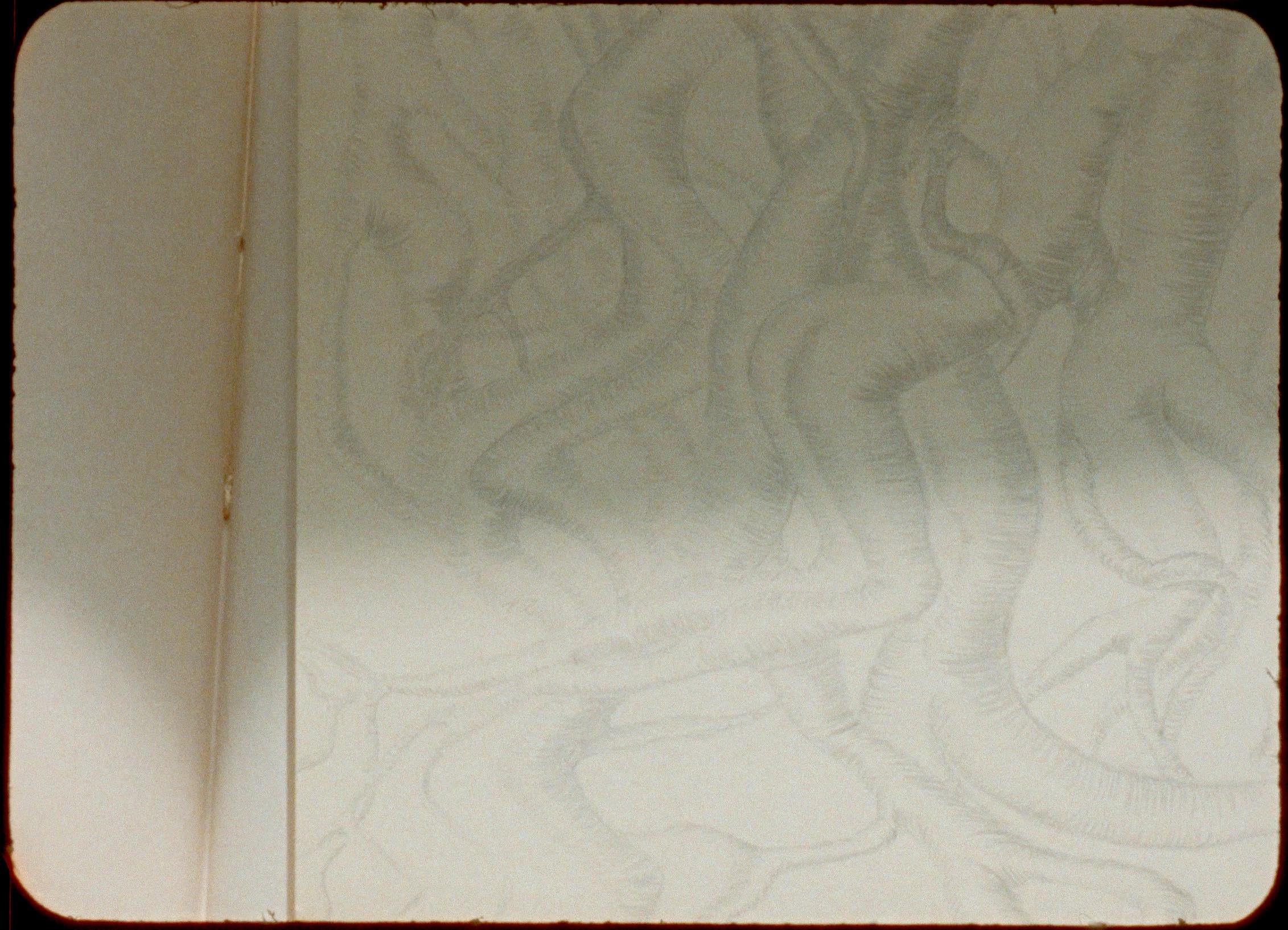Part 2 of N'importe Quoi. Filmed with Brunhild Ferrari at her home in Montreuil and in several locations in Paris, with sound recordings by Eric La Casa and music by Brunhild Ferrari.
Cinema didn’t quite begin with the face, but its role quickly became central. From as early as the research of Vertov and Epstein, the face in motion was understood as uniquely compelling, capable of betraying a whole new range of expressive possibilities too subtle for stillness to capture. It’s odd, then, how rarely artists have produced filmed portraits free of any narrative framework. There are, of course, by now thousands of biographical documentaries—many based around the oft-derided ‘talking head’—but with the towering exception of Warhol’s Screen Tests, cinema’s most sophisticated and accomplished pure portraits have tended to work obliquely, drawing together fragments around the empty centre of their subject, whose face appears rarely, if at all.
Luke Fowler’s two decades of work comprise, I think, the most significant body of cinematic portraiture produced to date. He has fashioned a canon of eccentric, obscure, or under-recognized artists and thinkers out of the sediment of their lives, the documents of their archives, the places they passed through. Biography is absent; anecdote, even, is minimal. If classical portraiture attempts to pluck its subject from the world and refashion them as a symbol of it (Goldin’s work depends on showing just how unwilling the world is to let go of its subjects), Fowler works by the inverse, beginning with the world at large and searching out the tiniest traces that might speak to a single, specific path through it.
N’importe quoi. Anything goes, it’s all game, as the world forever is before the camera. And so finally we arrive at his remarkable new film, N’Importe quoi (for Brunhild), a portrait of Brunhild Meyer-Ferrari, who, alongside her husband Luc, did as much as anyone to realize the post-Cagean whatever of musical composition, to test the thin line between the form of the world and the forms of art. Fowler begins in Meyer-Ferrari’s charmingly cluttered studio, catching glimpses of her amidst endless stacks of tapes and analog devices for the recording and manipulation of sound. “Je pense sans parole,” she says—“I think without words”—and Fowler cuts to a pair of glasses upon a tabletop in burnished, golden light: some think with microphones, others with lenses. Meyer-Ferrari departs the studio with her microphone to collect the sounds of Parisian parks and train stations. At the moment of this transition from studio to city, she recounts her earliest meetings with the man who would become her husband and collaborator, “He engaged me for work that was really interesting to me: it was research on [the] relationship between sound and image.”
The final image we see of the studio in this opening passage is a tape box labeled presque rien—next to nothing—then, after a rhythmic cut to black, Meyer-Ferrari alone in the dusty bowl of a park as urban ambience fills the soundtrack. Fowler holds on this medium shot for 10 seconds or so, before moving into one of his typical series of quick reframings, culminating in another cut to black which leads on to an instance of his other recurring gesture: rotating the Bolex’s turret mid-shot, drawing a curved image down as the lens pops into place. The sound, previously continuous, changes abruptly at this last cut; where we heard chatter and sporting thwacks that might have seemed appropriate to a park on a sunny day, there is only sparse birdsong and the rustle of leaves. This layering of potential realities is, I’ll suggest, the ground of Fowler’s practice.
Phil Coldiron is a writer living in New York.



